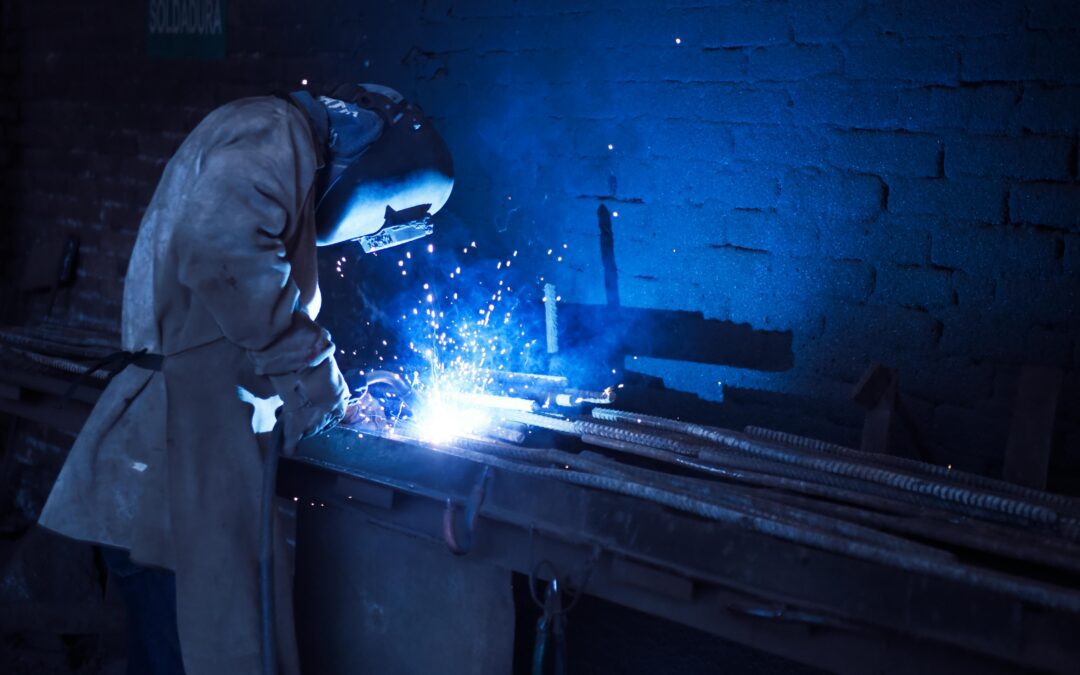Introduction
In the ever-evolving landscape of manufacturing, precision, efficiency, and innovation are paramount. Among the array of techniques available, one stands out for its remarkable capabilities and versatility: laser welding. This cutting-edge technology has transformed the way industries approach joining materials, offering a myriad of benefits that propel manufacturing processes into the future. Don’t forget, Innovative Laser Safety is here for you and your team for all your laser safety needs. From products to training, we have your back. Our Laser Safety Officers on staff are here for you.
Unveiling the Technology: What is Laser Welding?
Laser welding is a process that utilizes a highly concentrated beam of light energy to fuse materials together. Unlike traditional welding methods that rely on heat from an electrical arc or an open flame, laser welding harnesses the power of photons, resulting in a more precise and controlled fusion process.
Precision Redefined: Advantages of Laser Welding
1. Unparalleled Accuracy: Laser welding enables micro-welding with precision on a minuscule scale, making it ideal for delicate components where accuracy is paramount. This level of precision minimizes material waste and ensures superior quality in the final product.
2. Enhanced Efficiency: With rapid processing speeds and minimal heat-affected zones, laser welding significantly boosts efficiency in manufacturing processes. The concentrated heat input results in faster weld cycles, leading to increased productivity and reduced downtime.
3. Versatility: One of the most remarkable features of laser welding is its versatility. It can seamlessly weld a wide range of materials, including metals, plastics, ceramics, and even dissimilar materials, opening up endless possibilities for various industries, from automotive and aerospace to electronics and medical devices.
4. Clean and Environmentally Friendly: Unlike traditional welding methods that produce fumes and require consumable materials like electrodes or filler metals, laser welding is a clean process. It eliminates the need for additional materials, reducing waste and environmental impact. Additionally, its non-contact nature minimizes contamination, ensuring a pristine weld surface.
Applications Across Industries
The versatility and precision of laser welding have led to its widespread adoption across numerous industries:
- Automotive: Laser welding plays a vital role in automotive manufacturing, facilitating the assembly of intricate components such as sensors, fuel injectors, and airbags. It enables automakers to achieve lightweight designs while maintaining structural integrity and safety standards.
- Electronics: In the electronics industry, laser welding is indispensable for assembling miniature components in devices such as smartphones, laptops, and wearables. Its precision and minimal heat input prevent damage to sensitive electronic circuitry, ensuring reliable performance.
- Medical: Laser welding finds extensive use in the medical sector for fabricating surgical instruments, implants, and medical devices. Its ability to create hermetic seals and fine welds is crucial for ensuring the sterility and functionality of medical equipment.
- Aerospace: The aerospace industry relies on laser welding for joining aerospace-grade materials with utmost precision and strength. From aircraft components to rocket engine parts, laser welding delivers high-performance joints that withstand extreme conditions.
Challenges and Future Directions
While laser welding offers numerous advantages, it also presents certain challenges, such as initial investment costs and the need for skilled operators. However, ongoing advancements in laser technology, automation, and robotics are addressing these challenges, making laser welding more accessible and cost-effective for a broader range of applications.
Looking ahead, the future of laser welding holds exciting prospects, with ongoing research focusing on improving process efficiency, expanding material compatibility, and integrating smart technologies for enhanced automation and quality control.
Conclusion
Laser welding stands as a testament to human ingenuity, pushing the boundaries of manufacturing capabilities and redefining what’s possible across industries. Its precision, efficiency, and versatility make it an indispensable tool for modern manufacturing, driving innovation and propelling us towards a future where the boundaries of possibility continue to expand. As we embrace the potential of laser welding, we embark on a journey towards a new era of manufacturing excellence.
Innovative Laser Safety has Laser Safety Officers ready to jump in and help you and your team with all things laser safety. Reach out today for a chat.

